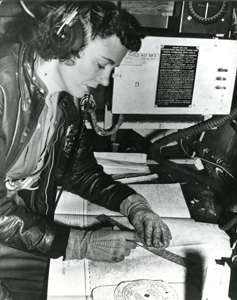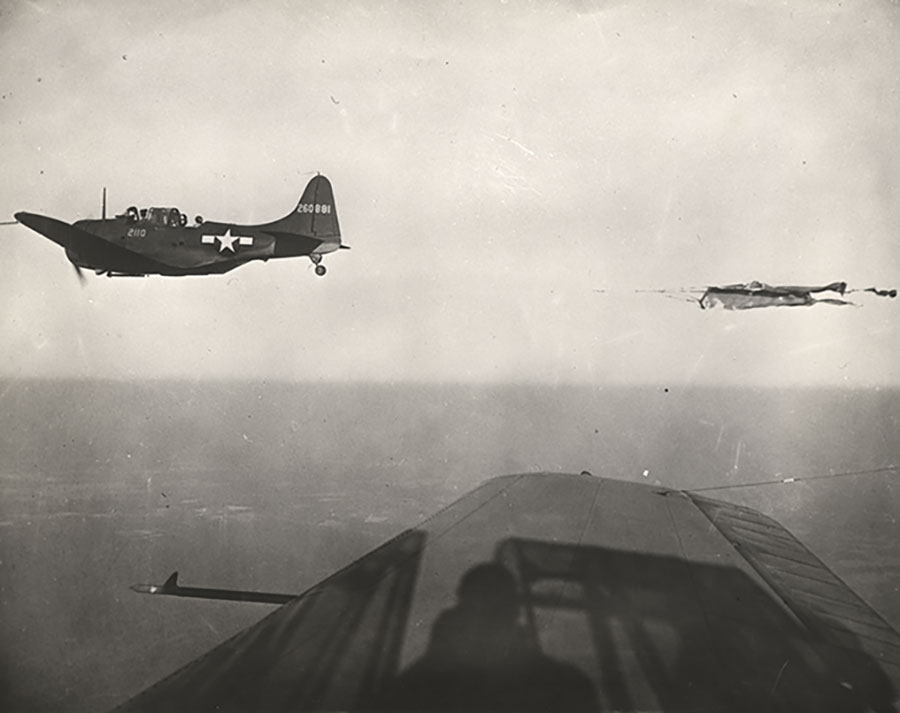Jobs
A Variety of Jobs

By the time they graduated, the women had spent 560 hours in ground school and 210 hours in flight training. They graduated with a commercial pilot’s license, instrument rating, passed the Army Air Force Regulations and had the equivalent of a college aeronautical degree.
The WAFS and the first five classes to graduate under Cochran ferried planes from factories to points of embarkation. Later graduates were also test and drone pilots, instrument and link instructors, administrative pilots, and target towers. The variety of jobs held by the WASP came as a result of Cochran notifying all base commands that the WASP would accept any job that would relieve men for combat duty.
Two women went on to fly the B-29, demonstrating that WASP could fly the nation’s newest and largest bomber. Others flew alongside male pilots in planes such as the B-26 and B-17.
Dangerous Jobs

WASP served as test pilots, a critical job to every air base in the country that male pilots often reluctantly accepted and sometimes refused. These future combat pilots believed that if they were going to risk their lives, it should be in combat, not in the maintenance testing of aircraft.
During March 1944, Cochran began sending WASP to bases where their primary duty was to test-hop patched-up aircraft, and aircraft that had been “written up” by instructors and students following flight operations. Approximately 130 WASP served in this risk-filled, hazardous duty at 48 bases around the country. One highly classified project during the war involved flying radio-controlled target planes. No WASP publicly voiced any fears or concerns.
The 38
38 WASP were killed in service. View information on these women on our In Memoriam page.